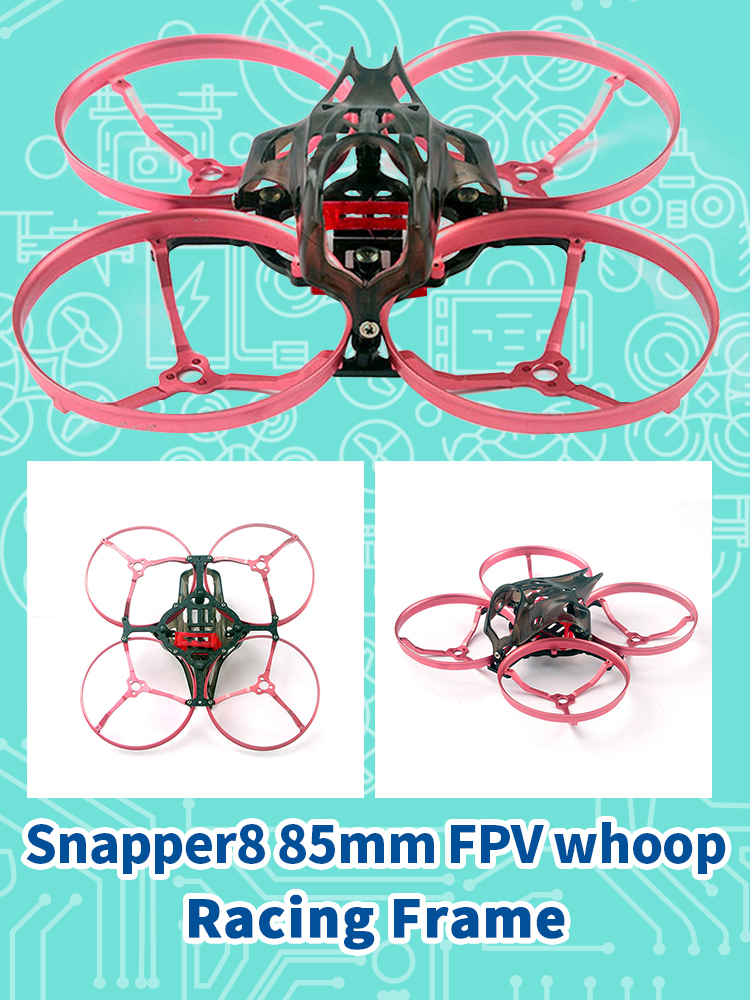

US & Russia’s Combined Hybrid Engine Projects ‘Hybrid-Electric Propulsion’ and ‘Rotation Detonation Engines (RDE)’ might revolutionize how aerial operations are planned and conducted if their expected range, thrust, and speed advantages are realized.īut what would be interesting is RDE’s far-reaching tactical and strategic implications on the US’ range, distance, and logistical handicaps before China in the Western Pacific. This allows more thrust with the same amount of fuel, using the detonation’ shockwaves,’ which travel in a circular pathway, and fuel and oxidizers are added periodically. RDEs, on the other hand, use the ‘detonation’ (and not ‘combustion’) of fuel following its mixture with compressed air as a thrust. Promising fuel savings between 5% to 30% in commercial aircraft, a HEP has six different subtypes, comprising various combinations and pairings of batteries, motors, propellers, and fuel-burning turbofan and turbojet engines. HEP systems combine fuel-burning engines with electric motors and batteries and are driven more by environmental concerns of reducing carbon-dioxide emissions. This was preceded by Russia’s United Engine Corporation (UEC) declaring in July last year research and development (R&D) efforts in “combined electric technology.”Īnd in July this year, the US Defense Advanced Research Projects Agency (DARPA) revealed a high-speed missile program called ‘Gambit,’ powered by a potentially revolutionary Rotation Detonation Engine (RDE). General Atomics (GA) announced a “completely disruptive” “hybrid electric propulsion” for its concept MQ-Next drone on October 4. The countries’ defense technology developers have identified next-generation propulsion systems that might power future drones, sixth-generation aircraft, missiles, or even entire aircraft. Stealth technology, space rocketry, and hypersonics might be a thing of the past if a new, emerging techno-military race between the United States and Russia is considered.


 0 kommentar(er)
0 kommentar(er)
